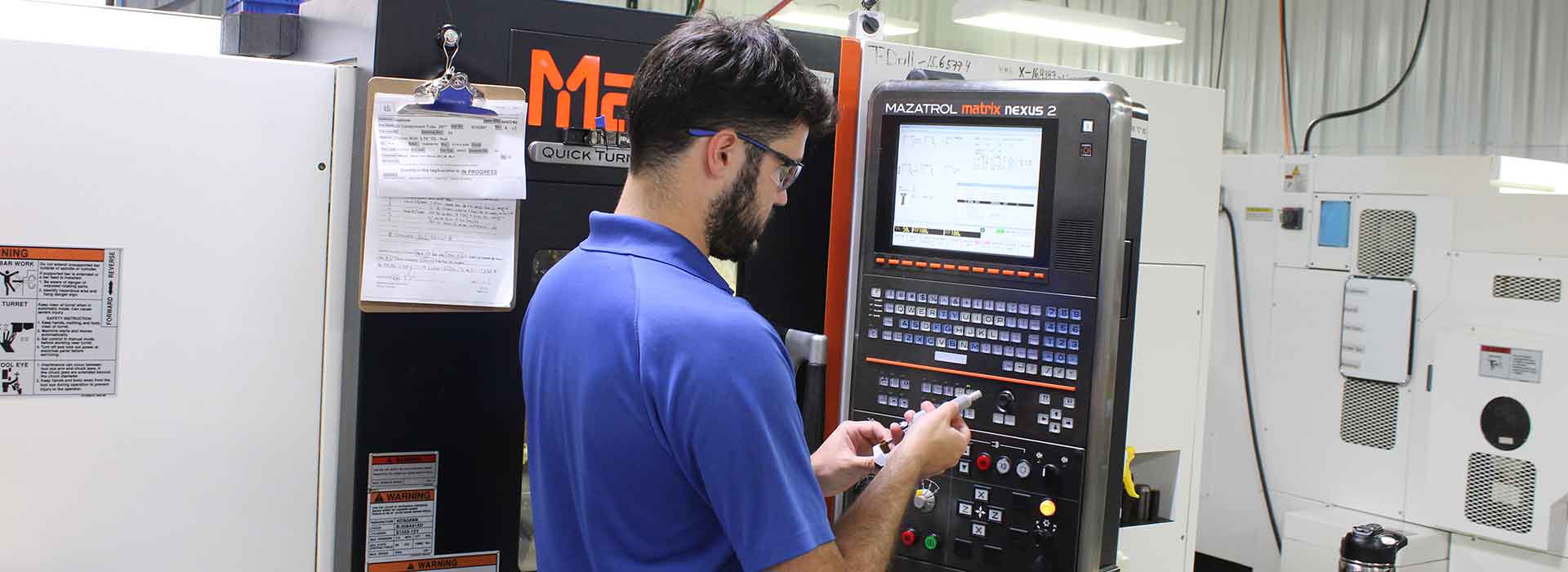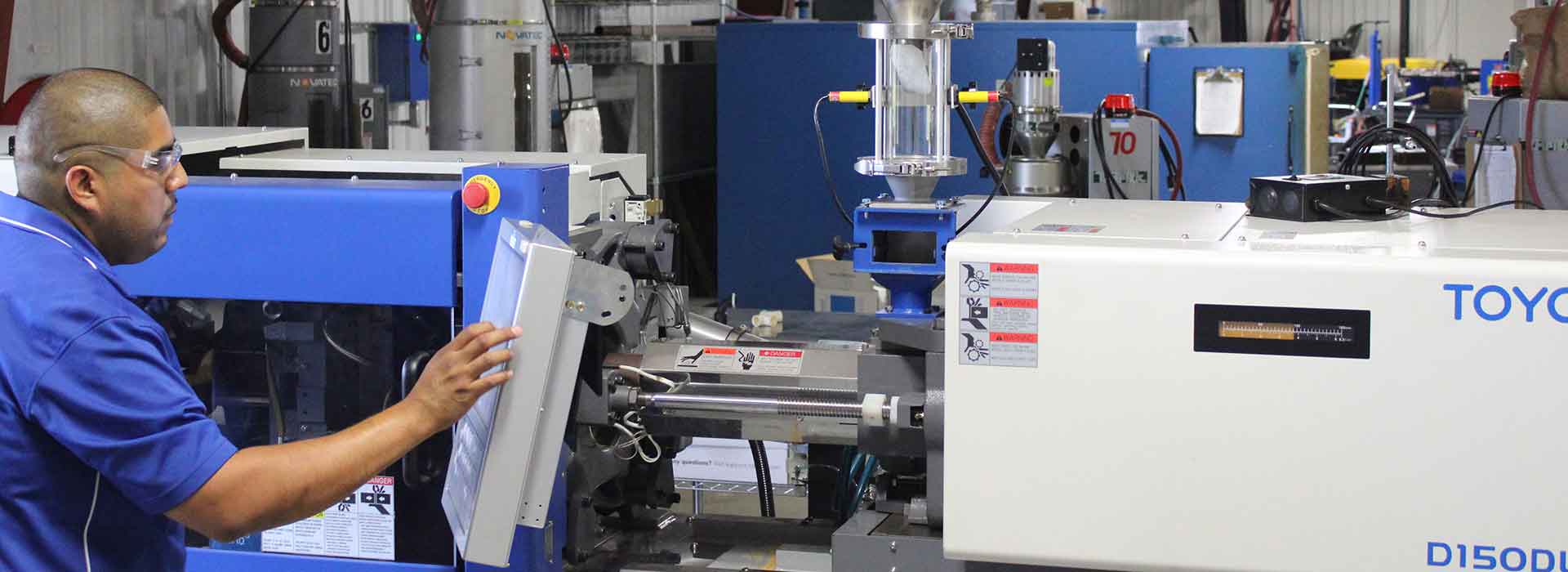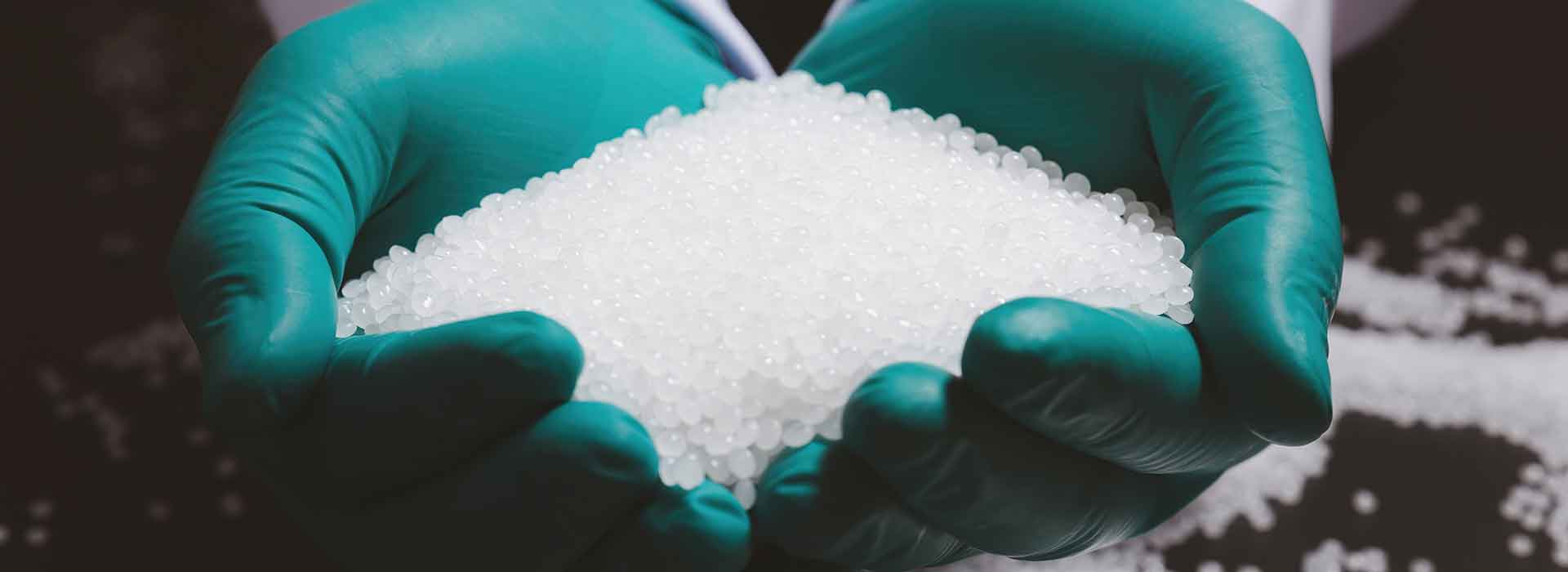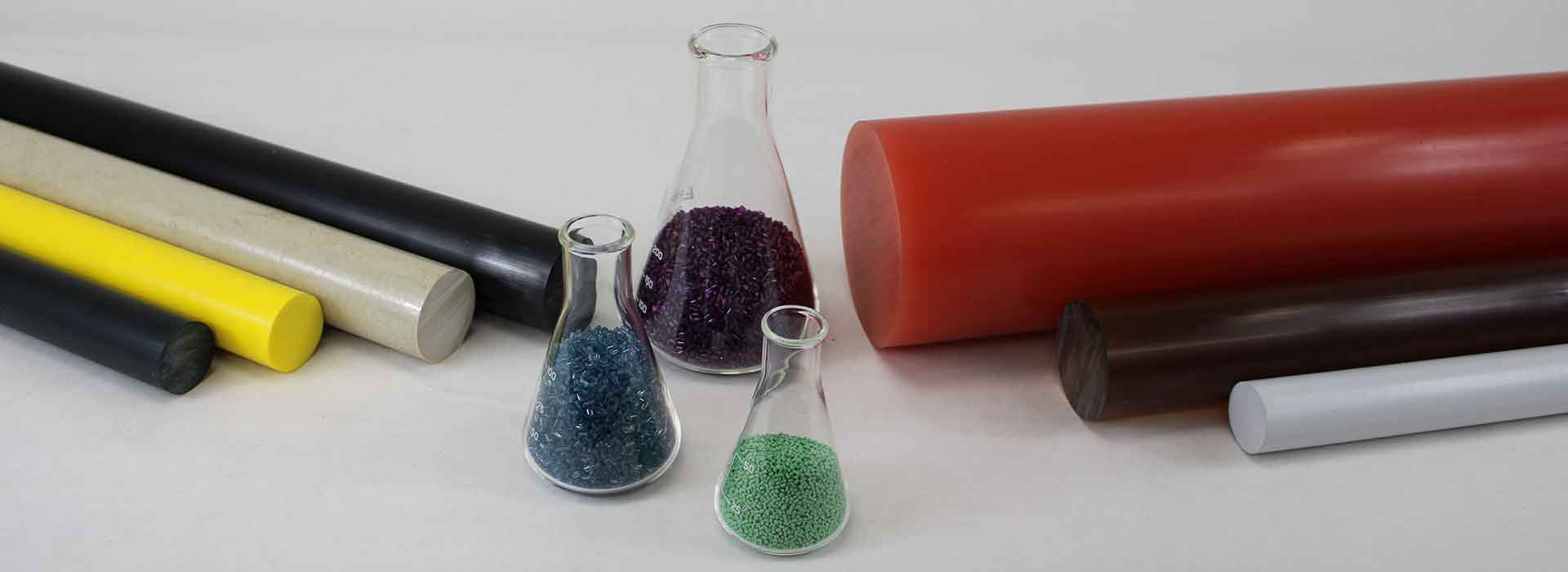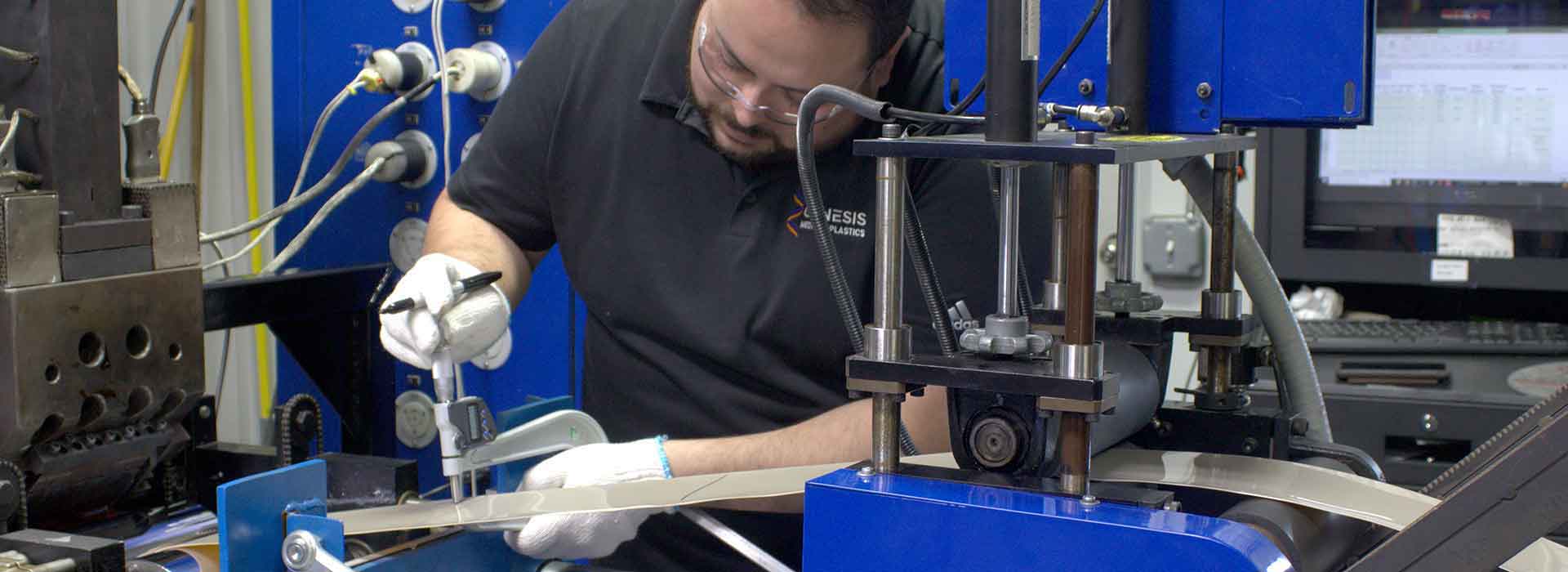Choose an Experienced Team to Handle the Polymer Conversions Process
The polymer conversions process begins with an idea and ends with a useful component. Between those endpoints, there’s a lot of expertise and technology involved. High-performance polymers are important in several industries, including medicine. The impressive material properties make the polymer a challenge to convert for inexperienced convertors.
The polymer conversions process includes melt processing, typically from stock shapes, prototyping and ramping up to volume requirements. During every stage, the convertor must maintain tight quality controls and communication with the client. This is why medical and research facilities should opt for an experienced convertor.
While it’s important to work with a reputable and experienced convertor, which conversion method makes the most sense?
Extrusion, Injection Molding and Fabrication
There are a few primary ways to convert high-performance polymers, and each one provides its own strengths. Those methods include:
1. Extrusion – During the extrusion process, the polymer is melted and feed through a die, which forms it into a continuous shape. Melting is accomplished by feeding polymer pellets into a heated barrel that contains a rotating screw. The pellets are pushed by the screw and melt as they travel down the length of the barrel. Temperature inside the barrel is precisely maintained by a series of controllers, each capable of making fine corrections to the heat level.
Once melted, the polymer is first formed into a cylinder and then pushed through a custom die. The die gives the polymer its needed shape, but forming the polymer into a cylinder first ensures there is no uneven flow, and by extension, limited residual stresses.
Extrusion is a process that excels for medium volume production runs. However, during extrusion, only length and cross section can be controlled, so there are limitations on what it can produce. Extrusion can be used to manufacture films, coatings and insulation, which can be used with a variety of devices, but most often it is used to form stock shapes, typically rods, plates and tubes.
2. Injection molding – Injection molding is typically the preferred conversion process when a large number of components (generally more than 5,000) is required. This method is preferred in this situation because the injection molding process is extremely quick relative to other conversion methods. A single injection molding cycle may only last 20 seconds, and typically no more than a few minutes. Some convertors leverage automation software to improve production further, though they also keep an experienced technician in a supervisory role to ensure the software functions as intended.
Injection molding functions much like extrusion, in that the polymer is fed into a heated chamber, where it is melted and forced into a custom mold. This mold is usually made from steel, as steel allows for tighter tolerances than aluminum.
This polymer conversion process is often preferred for its cost effectiveness, but it is perfectly capable of manufacturing complex component designs. Injection molding can also create components to extremely tight tolerances, which is a must for medical devices.
There are only a couple challenges associated with injection molding, such as shrinkage and increased residual internal stresses. Experienced fabricators can reduce this by using monitoring equipment and making needed adjustments.
3. Fabrication – Injection molding is the choice whenever possible, due to its inexpensive and precise nature. When injection molding is not possible or not recommended, fabrication, or machining, is usually the best alternative. With advanced CNC tooling, fabrication can be used to produce extremely complex components at extremely tight tolerances.
Machining is also a flexible conversion option because if changes need to be made during a production run, they can be made without creating and switching in another mold. This also helps keep costs down, and machining can be an economical option if production runs are fairly small (less than 5,000 components). Machining may also be a cost-effective alternative if the component design is particularly complex, as injection molding has some challenges with some extremely complicated designs. For example, machining is typically the better choice for components that include long or crossing holes, or components that have large cross sections.
If machining appears to be the better choice, it is important that an experienced fabricator be tasked with production. High-performance polymers like PEEK and Torlon are available in many grades, and each one usually needs to be machined a bit differently. A knowledgeable fabricator will have the needed insight into how to properly machine each grade of polymer. It’s also a good idea to choose a partner experienced in several polymer conversion processes. The benefit here is that the convertor opts for the best conversion option for every grade and application and won’t attempt to force in one conversion process that isn’t suited for the application and related volume of components.
A polymer conversion service provided by a reputable convertor takes the client’s concept and turns it into a usable component, prototyped and perfected. High-performance polymers offer a promising future in medicine, and with several processing methods available, polymers can be utilized in even more ways.

